When 19-year-old Adam Kovalčík flew from his home in Dulovce, Slovakia to the 2025 Regeneron International Science and Engineering Fair (ISEF) in Columbus, Ohio, he didn’t expect to win it, much less potentially change medicine. In his presentation, Kovalčík uncovered a new way to synthesize an anti-viral drug in a much quicker and cheaper way than typically done. After the competition was done, Kovalčík walked away $100,000 richer, and it was all thanks to corn husks.
"I cannot describe this feeling," Kovalčík told Business Insider. "I did not expect such a huge international competition to be won by someone from a small village in a small European country, so it was just pure shock."
According to the judges, Kovalčík’s method of synthesizing galidesivir is more than well-earned. Galidesivir is an anti-viral drug that targets RNA viruses like Ebola, Zika, and COVID-19. While tests still need to be implemented on humans with oversight from the Food & Drug Administration, the experimental drug shows promise in attacking those viruses as medicine when a person has been infected. One of the biggest hurdles is the cost and time it takes to produce galidesivir. That’s where Adam Kovalčík comes in.
Kovalčík found that the needed molecule and sugar in the steps to create galidesivir could be derived from furfuryl alcohol, a cheap substance that can be easily derived from corn husks and other corn waste. The conventional manufacturing process to synthesize galidesivir takes nine days and costs $75 per gram to produce. Kovalčík’s method only takes five days and costs nearly $12.50 per gram. It also creates twice as much galidesivir than the traditional method, saving even more time and money to be invested in experimental trials.
This breakthrough gave Kovalčík the Regeneron ISEF’s top prize, the $100,000 George D. Yancopoulos Innovator Award. Kovalčík was reportedly one of 1627 students across 62 countries that competed in the fair, which gave away a total of $9 million in awards and scholarships to these young scientists.
Adam Kovalčík isn’t the only teenager using their knowhow to improve the world. In 2018, then-17-year-old Hannah Herbst developed BEACON (Bringing Electricity Access to Countries through Ocean Energy), a device that generates energy through ocean currents. In 2015, Jack Andraka, at age 15, developed a test for pancreatic cancer that only cost three cents and provided accurate results in five minutes. Then-17-year-old Param Jaggi invented an algae-based tube that connects to a car’s exhaust pipe, significantly reducing its carbon emissions while converting them into oxygen. At 14, physicist Taylor Wilson was the youngest person to split an atom, creating a nuclear reactor in his parents’ garage. Blind people can read with their fingers thanks to Louis Braille developing the technique when he was 15-years-old.
- YouTubeyoutu.be
It goes to show that the kids are alright and that young minds can provide vast changes and improvements to the lives of their peers and elders. With age comes wisdom, but youth brings questions, energy, perseverance, and ingenuity that can benefit all of us. It might be worthwhile to support and check out local science fairs for kids in your area just to see what the future can come up with for the present.





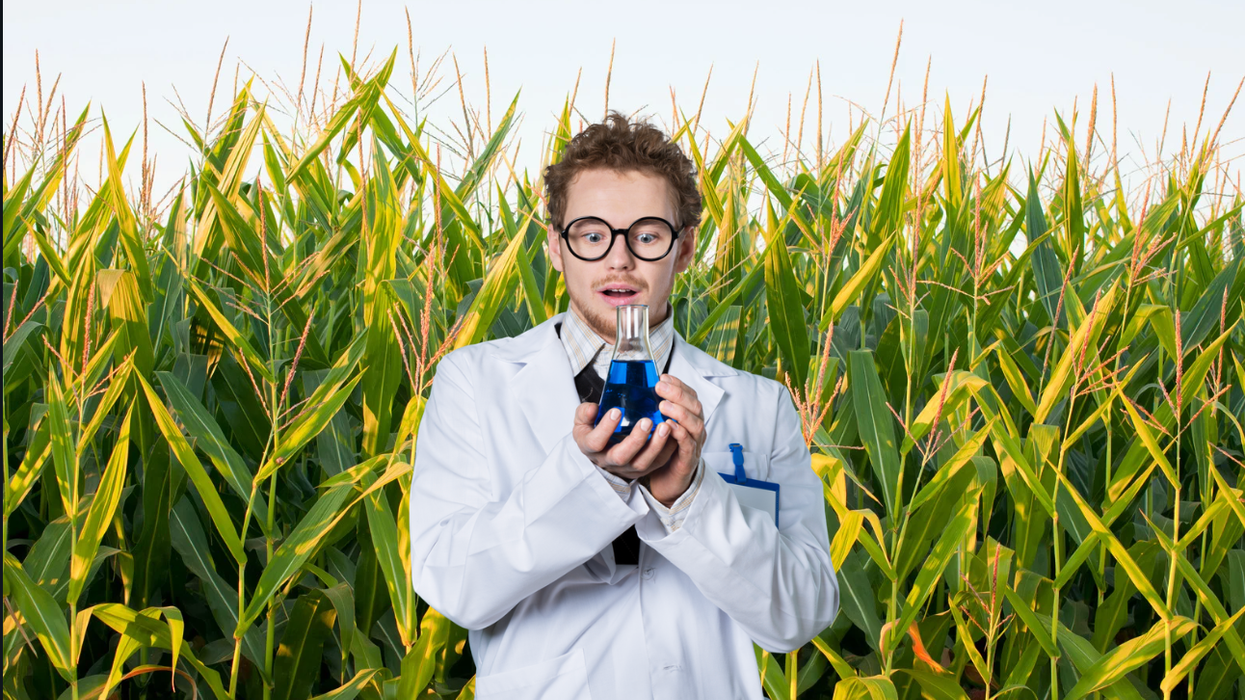

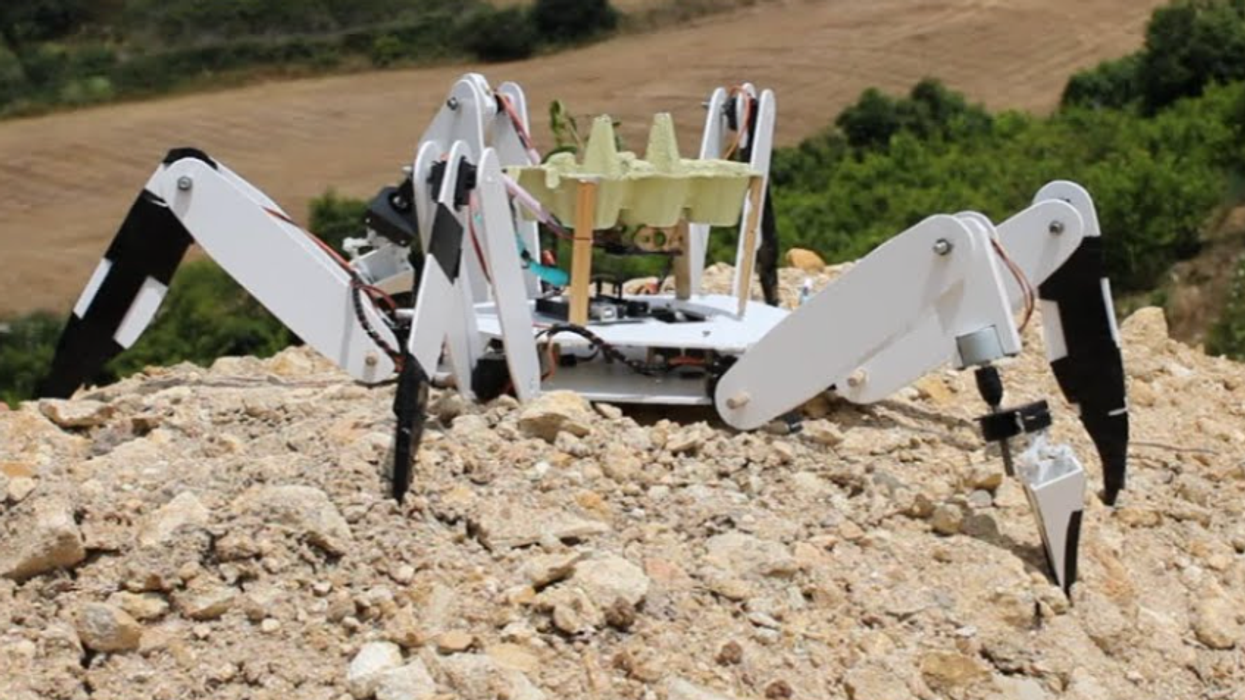


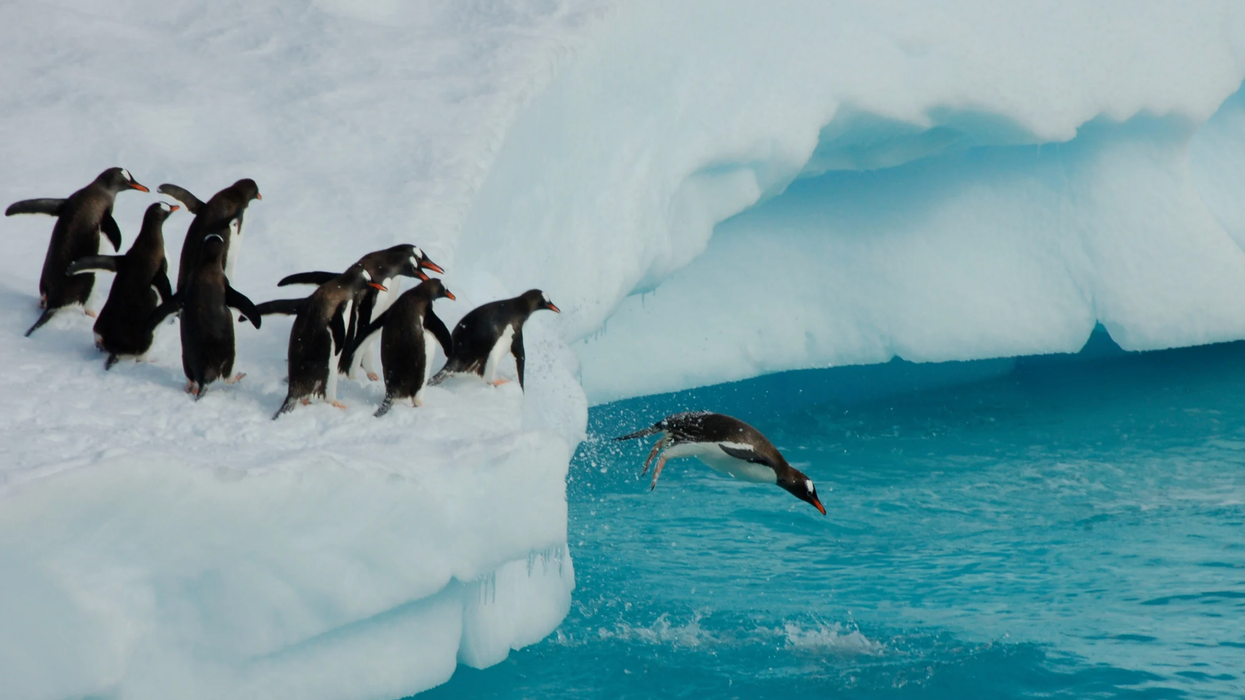


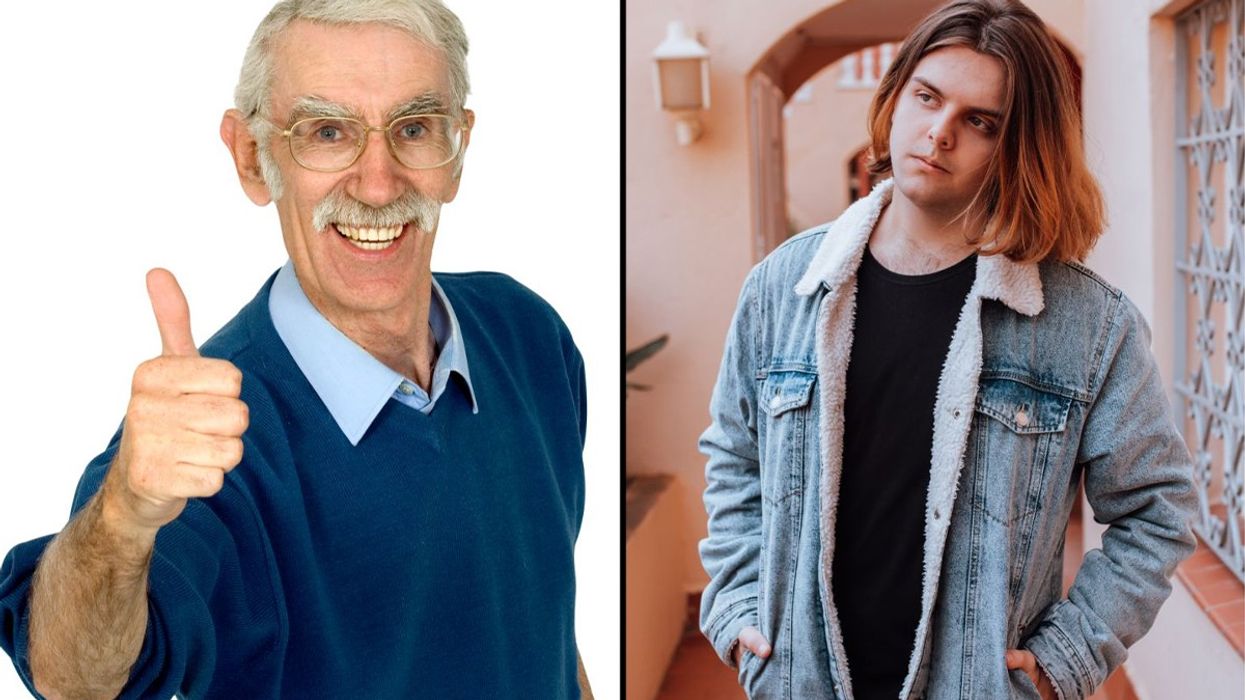






 A soldier relaxes on his bedCanva
A soldier relaxes on his bedCanva Gif of a child breathing deeply via
Gif of a child breathing deeply via 
 Take a moment to forget the world outside the headphones and just relax.
Take a moment to forget the world outside the headphones and just relax.  Lean back and unwind to the right music.
Lean back and unwind to the right music. 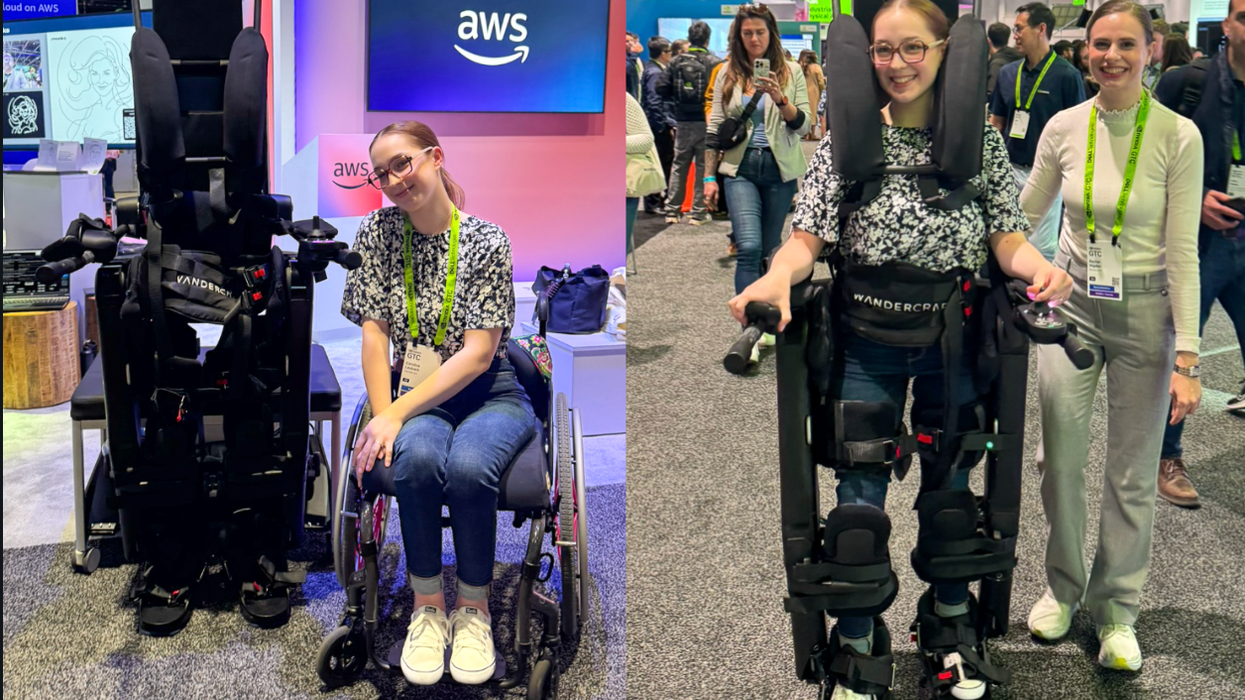
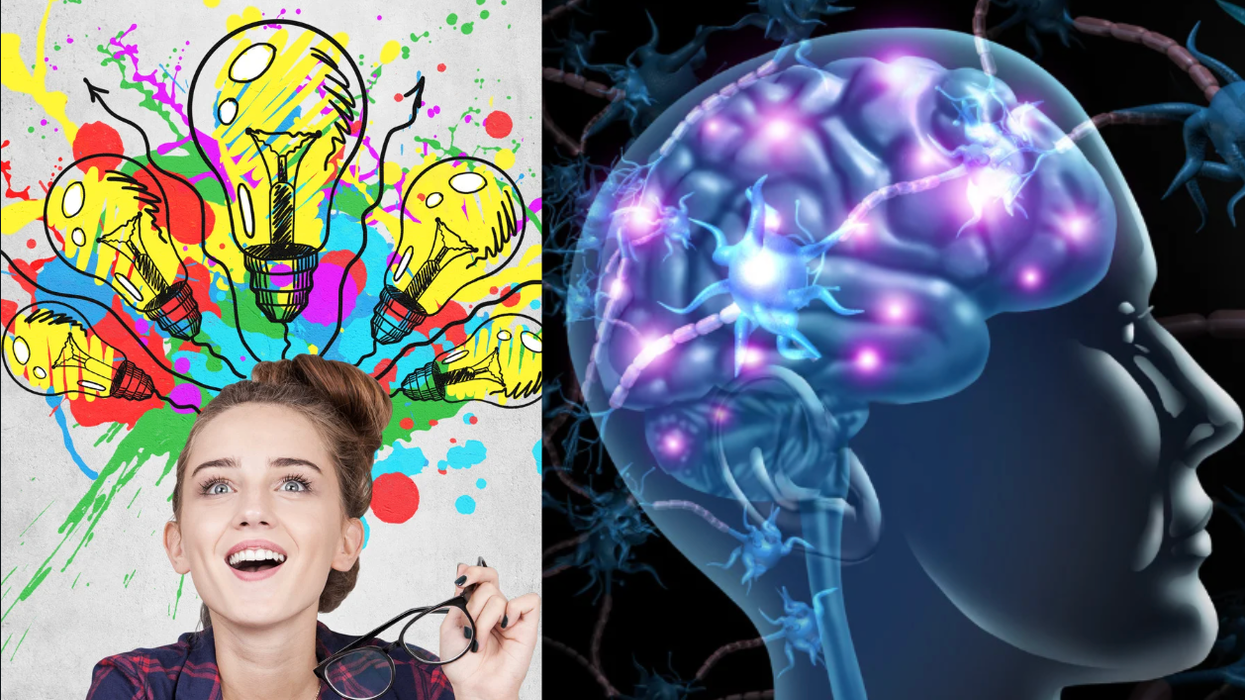
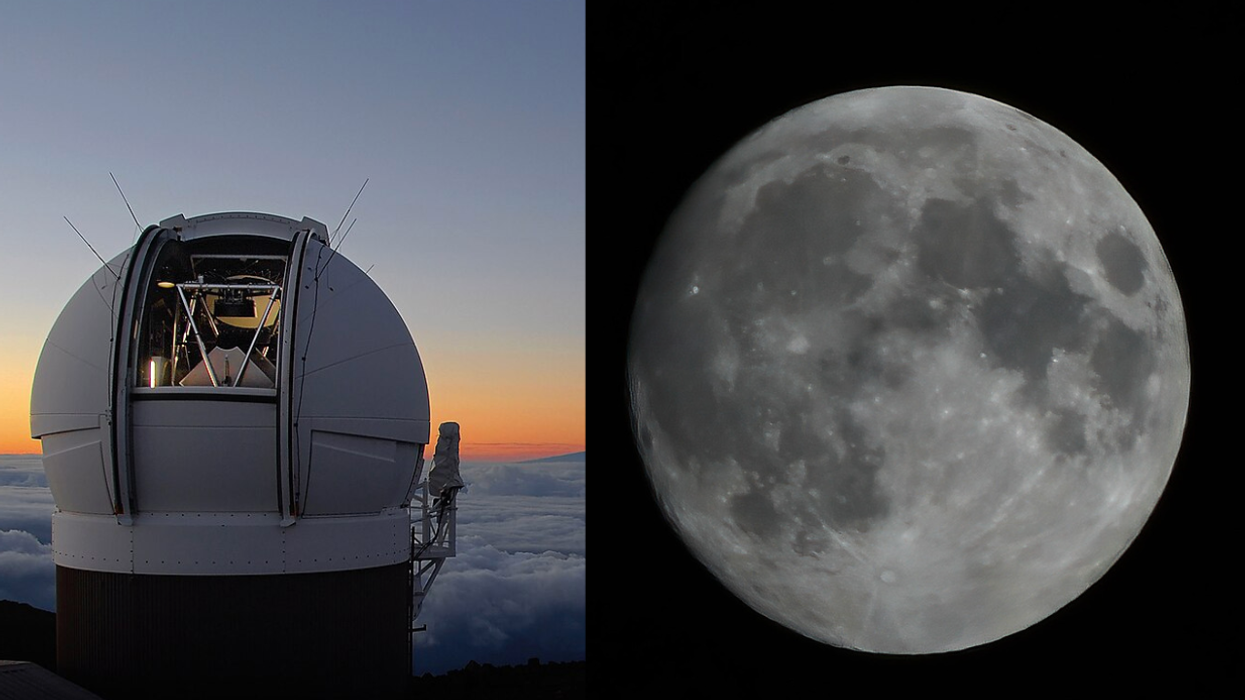

 Relaxing to music.Photo credit
Relaxing to music.Photo credit  Music and a good run.Photo credit
Music and a good run.Photo credit